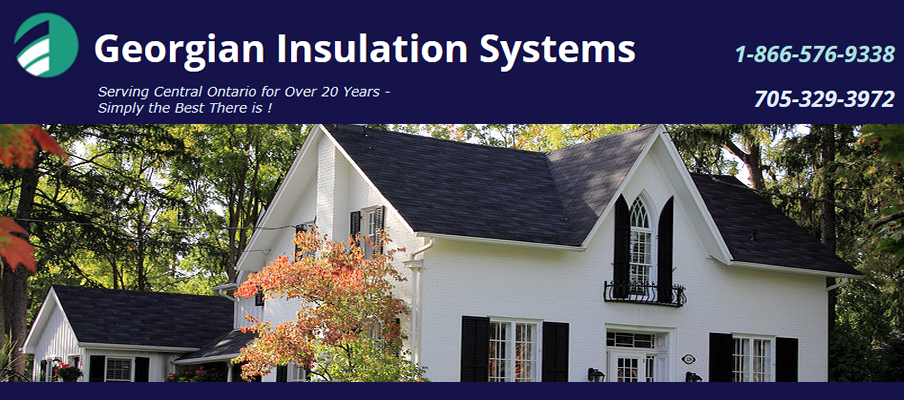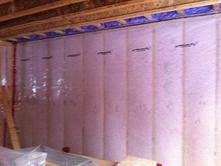BIBS The Blow-In-Blanket® System - Premier Insulation
Blow-In-Blanket insulation works with any blueprint, fits any configuration. Cavities. Curves. Vaulted ceilings. Crawl spaces. Custom windows. The Blow-In-Blanket System (BIBS®) is a proven, time-tested, premium insulation that fits any configuration, any custom situation, any size home. It blows in easily, fills completely and lasts for the life of your home!
BIBS Fills gaps and voids for thermal efficiency. Unlike batt insulation systems that may leave voids or gaps, BIBS completely fills the space, which controls sound and reduces air infiltration in the wall cavity. So your house is snug, secure, thermally efficient and draft-free.
BIBS is safe and easy to install. Developed almost 25 years ago, BIBS is the most widely accepted and independently tested blown-in wall system used today. Little wonder - it's easy to apply, clean, fast and effective. With BIBS, loose-fill insulation is blown behind netting, using specific installation techniques. BIBS is licensed to independent contractors so only qualified installers can apply it. Only approved insulation products may be used.
BIBS offers optimum comfort and performance. It's simply superior, from top to bottom. In addition to sidewalls and metal framing, BIBS is ideal for under floors, in ceilings and wherever acoustic control is needed. BIBS is the perfect insulation for today's custom homes. It offers outstanding thermal performance and high R-values, cutting utility bills and leaving you with an energy-efficient home. It never settles or separates, corrodes pipes or wires, or produces mold or mildew.
Certified Installation
When you select Blow-In-Blanket insulation for your home, you are purchasing peace of mind.Insulation is only as effective as it is installed. If voids and gaps are left unfilled, heat and sound can pass from inside to outside and from room to room thus negating much of the insulation's protective properties. Therefore, it is paramount to use the finest quality materials combined with trained and certified people to install your home's insulation.
When you are building a home, it is important to have contractors of integrity who are committed to keeping the project on schedule while delivering the finest quality installation. The Blow-In-Blanket Contractors Association (BIBCA) is an international trade association whose membership comprises industry professionals who are serious about delivering a perfect product. BIBCA members voluntarily pledge to abide by a strict constitution and a comprehensive set of bylaws.
Georgian Insulation Systems is one of the few contractors in Central Ontario, that is certified to install the BIBS system. Our installers have completed the BIBS training program and continually test their applications to ensure the Blow-In-Blanket System is properly installed guaranteeing the R-values in your home. Certified personnel have expertise in the vital areas of thermal insulation, sound attenuation, air infiltration, moisture migration and ventilation.
No other product in your home is as critical to the overall comfort and energy efficiency for the life of the home. Blow-In-Blanket is a state-of-the-art, environmentally friendly, custom fit insulation process utilizing specially manufactured fiber glass blowing wools that are installed in your home by BIBCA certified professionals. This process provides you with the highest effective R-values attainable today.
There is no substitute for quality in your home. We ensure peace of mind for you and your family.
KEY BENEFITS
- Contains no formaldehydes|
- Will not support mold growth
- Highest installed R-values, R24 in a 2x6 wall
- Seamless installation, no gaps or voids
- High density, will not settle or shrink
- Superior sound deadening
1-866-576-9338







